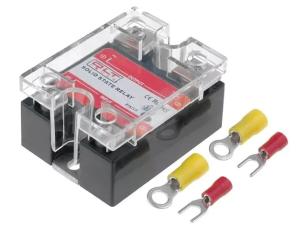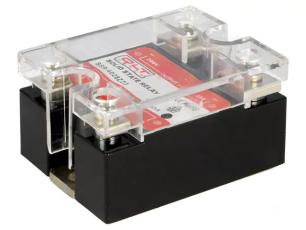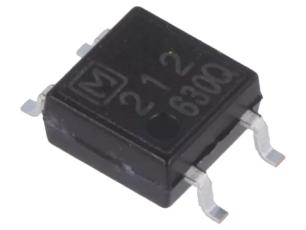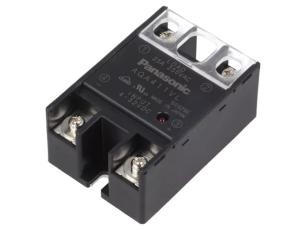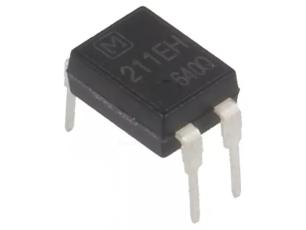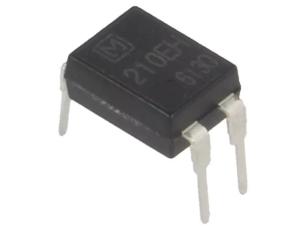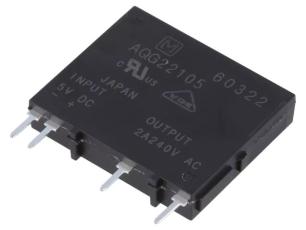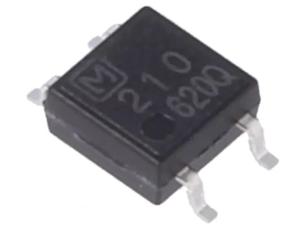Solid State Rrelays (SSR) can replace mechanical relays in applications where silent operation, high durability, and fast switching are desired. The SSR features a high rated current, a wide AC voltage range and zero-cross switching.
Zero-cross switching in solid state relays means that the relay turns the load on or off when the alternating (AC) supply voltage crosses zero volts, that is when the voltage is at its lowest point in the sinusoidal cycle. This provides several technical benefits, especially when controlling resistive or moderately inductive loads. It significantly reduces EMI, increases the service life of connected loads, lowers thermal stress on the relay, and improves current control during startup.
Solid State Rrelays (SSR) can replace mechanical relays in applications where silent operation, high durability, and fast switching are desired. The SSR features a high rated current, a wide AC voltage range and zero-cross switching.
Zero-cross switching in solid state relays means that the relay turns the load on or off when the alternating (AC) supply voltage crosses zero volts, that is when the voltage is at its lowest point in the sinusoidal cycle. This provides several technical benefits, especially when controlling resistive or moderately inductive loads. It significantly reduces EMI, increases the service life of connected loads, lowers thermal stress on the relay, and improves current control during startup.




